The supermarket shelves would look very different without bees. Whether it’s a humble bumble, honey or solitary bee – no other single animal species plays a more important role in pollination and food production.
Our gardens can hold the key to halting continued habitat loss, offering a refuge for bees with year-round forage. Even a pot plant can make a difference.
While we might commonly associate bees with the spring and summer months, many species don’t hibernate over winter. In particular, bumblebees, of which there are 24 species in Britain, will fly at low temperatures and are among the first to leave their nests to forage. With our increasingly warm winters, many will also venture out on warm days so the plants and practices we establish in our gardens in the autumn and winter can be a lifeline.
Here’s five ways you can support them:
Be careful when tidying…
Many bees like a quiet corner of the garden. The tree bumblebee and Ginger-Tufted bee might take up residence in an old bird box, for example, so take care when moving or cleaning them out. Solitary bees will nest in tubes, hollow stems or canes, so leave this kind of material around the garden or create a south-facing embankment free of dense vegetation to provide opportunities for nesting.
…and turning compost
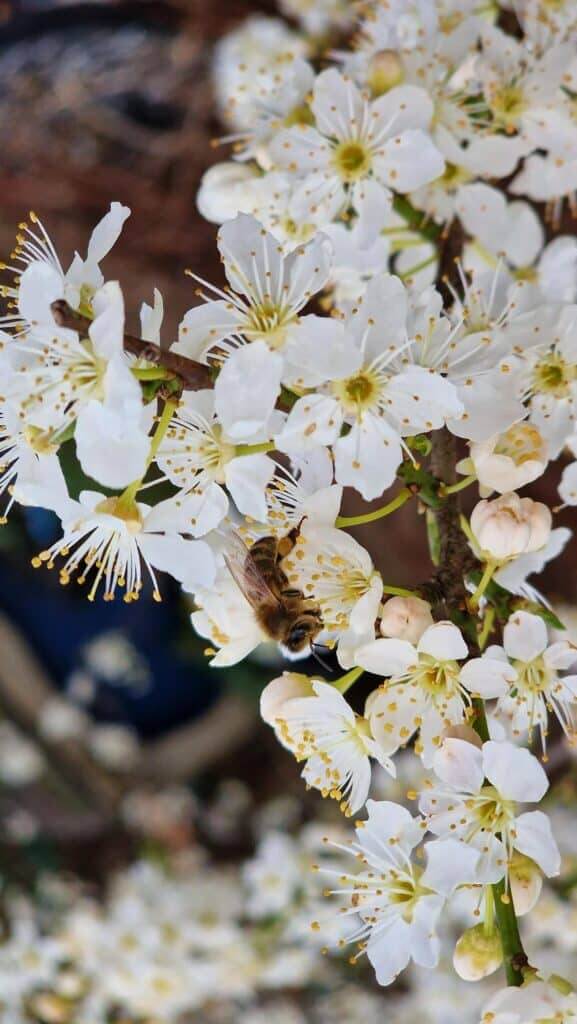
Unlike honeybees, which overwinter in colonies and feed on honey stores, female bumblebees, called queens, will go underground over winter.They like to nest in borders and cavities in loose paving slabs or sheds. A compost heap can offer warm nooks so keep an eye out when you’re turning them in winter and put layers back gently so bees can return to their hibernation.
Make a ‘bee-and-bee’
Mimic a queen bumblebee’s hibernation hole by digging a cavity in the ground, the size of a football and line it with straw. Cover the hole with a paving slab but leave a little gap for them to fly in and out. Male and female solitary bees will also hibernate in tunnels or decaying wood over winter, either as adults or larvae that mature the following year. Drill holes into a block of untreated, unseasoned wood, and create a roof with another piece of wood to protect the holes from rain. Paint in a bright colour to attract the bees.
Go for a diverse range of plants
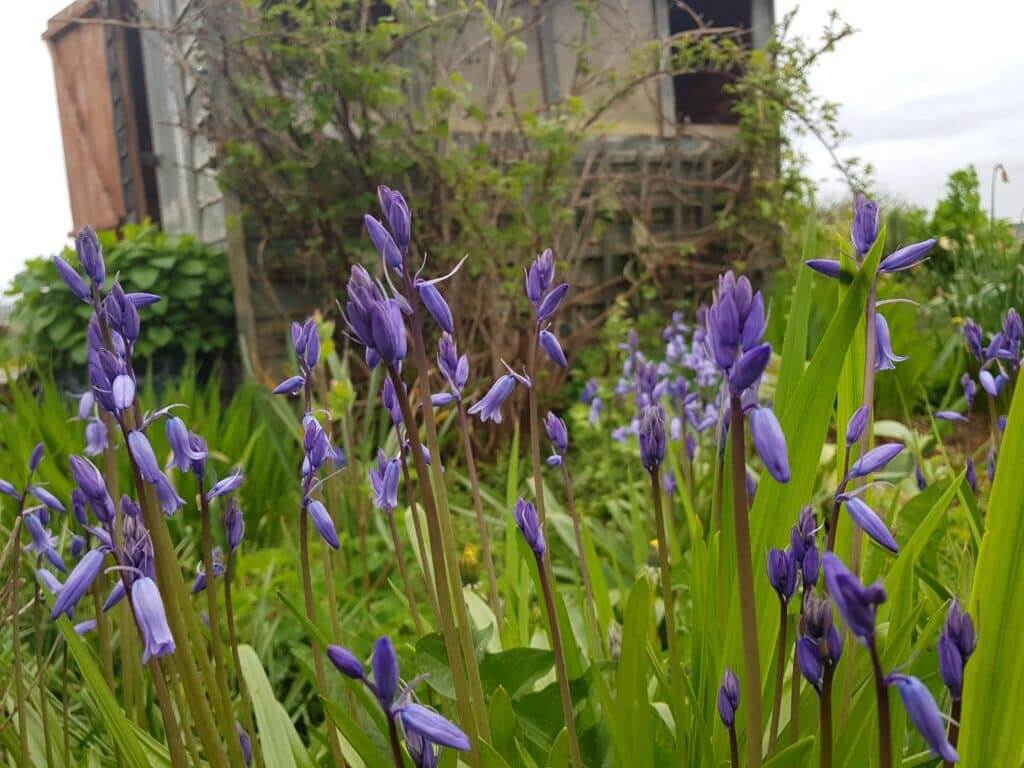
Variety is the key when it comes to gardening for bees, and many like different flowers at different times of year. If bumblebees come out of hibernation early, it’s crucial there’s plenty for them to feed on. In late autumn, think about planting shrubs such as mahonia, honeysuckle and winter aconite, or sow bulbs for spring such as muscari (grape hyacinth), snowdrop, bluebell, hyacinth and crocus. Avoid double flowerheads as the bees cannot get to the stamens easily.
Plant a tree
October is a great time to plant a tree and fruit trees such as winter flowering cherries, or hawthorn, can be among the most important early flowering plants for bees.
Leave your weeds
Many weeds provide early nectar for bees including dead-nettle, chickweed and dandelion – which is the first weed out in very early spring – so don’t be too quick to pull them up.
The Grow Your Own Wicked Leeks series is written by Garden Organic, the national charity for organic growing. Each month we bring you timely advice on what to do in your organic patch, whether you’re an experienced grower or just starting out. Share your own tips and gardening photos on social media under #GYOWickedLeeks.

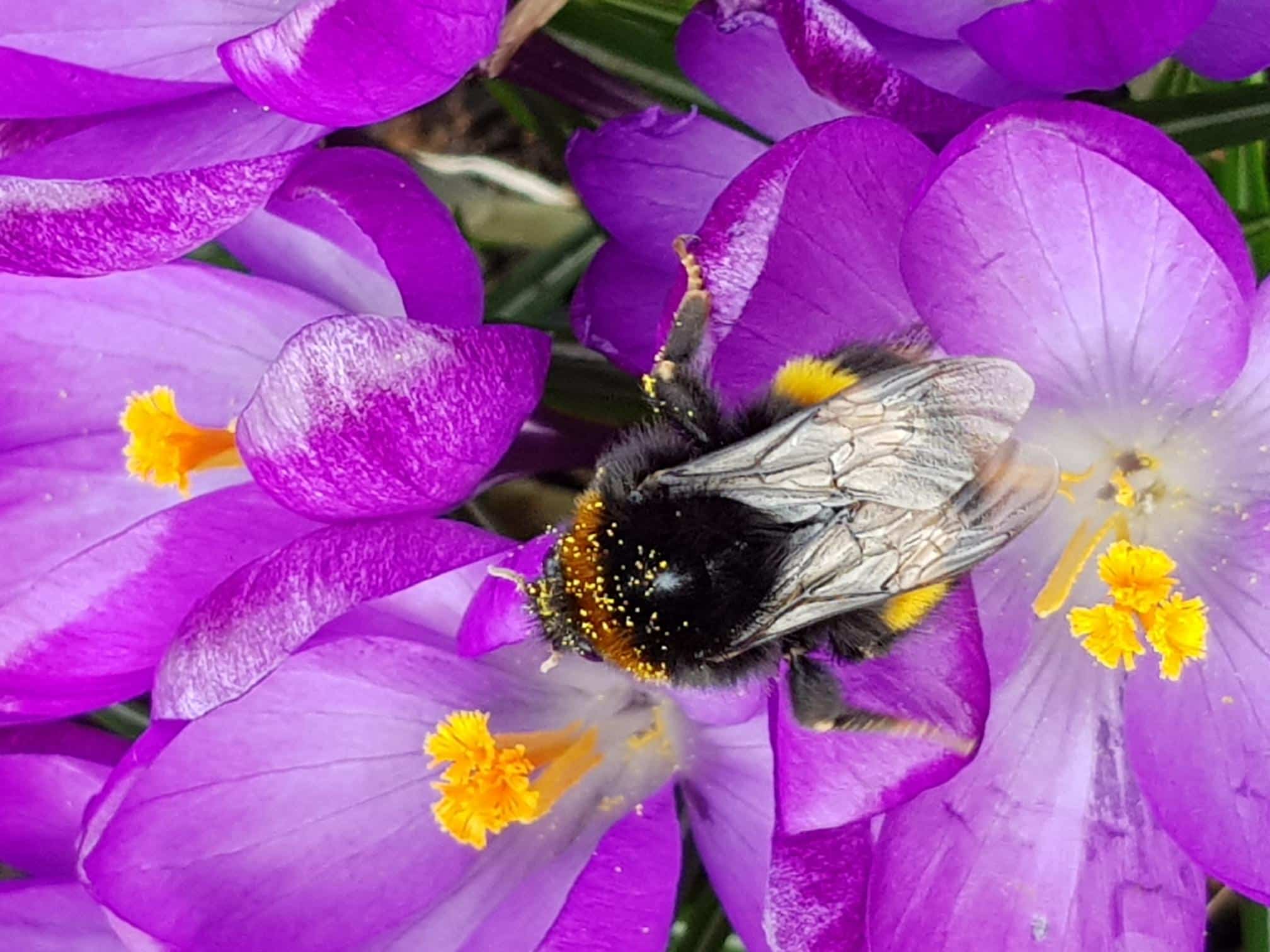
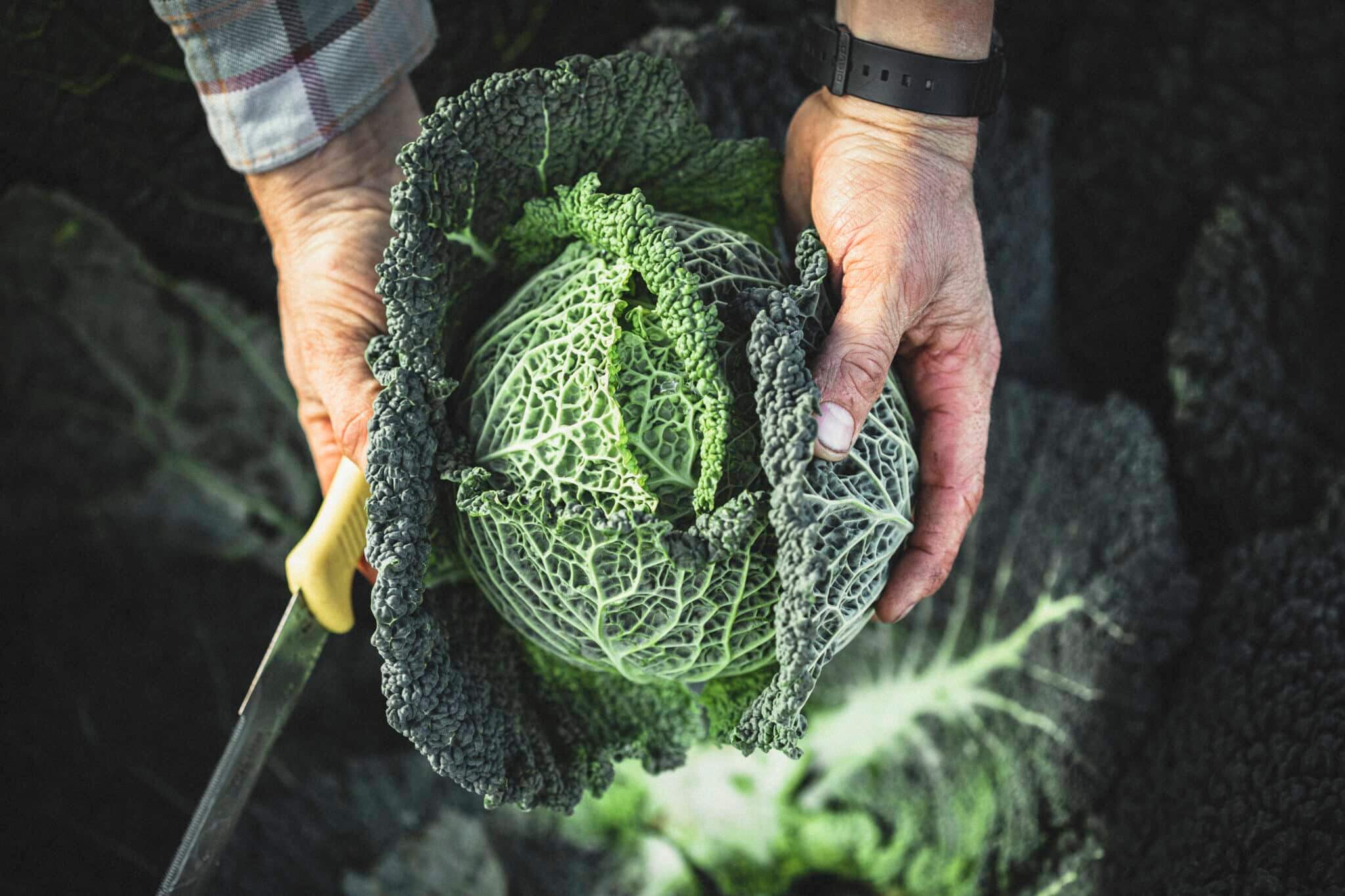

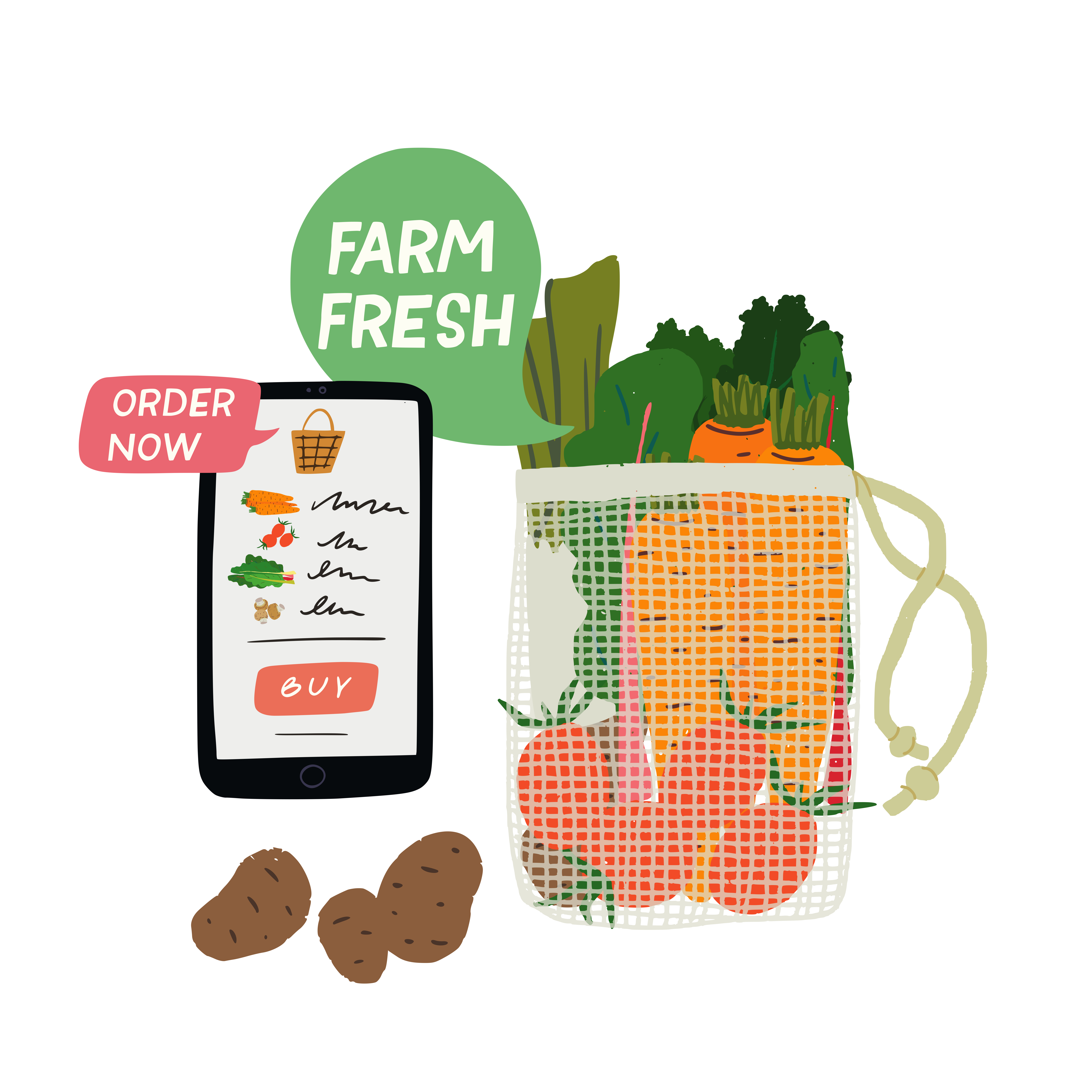

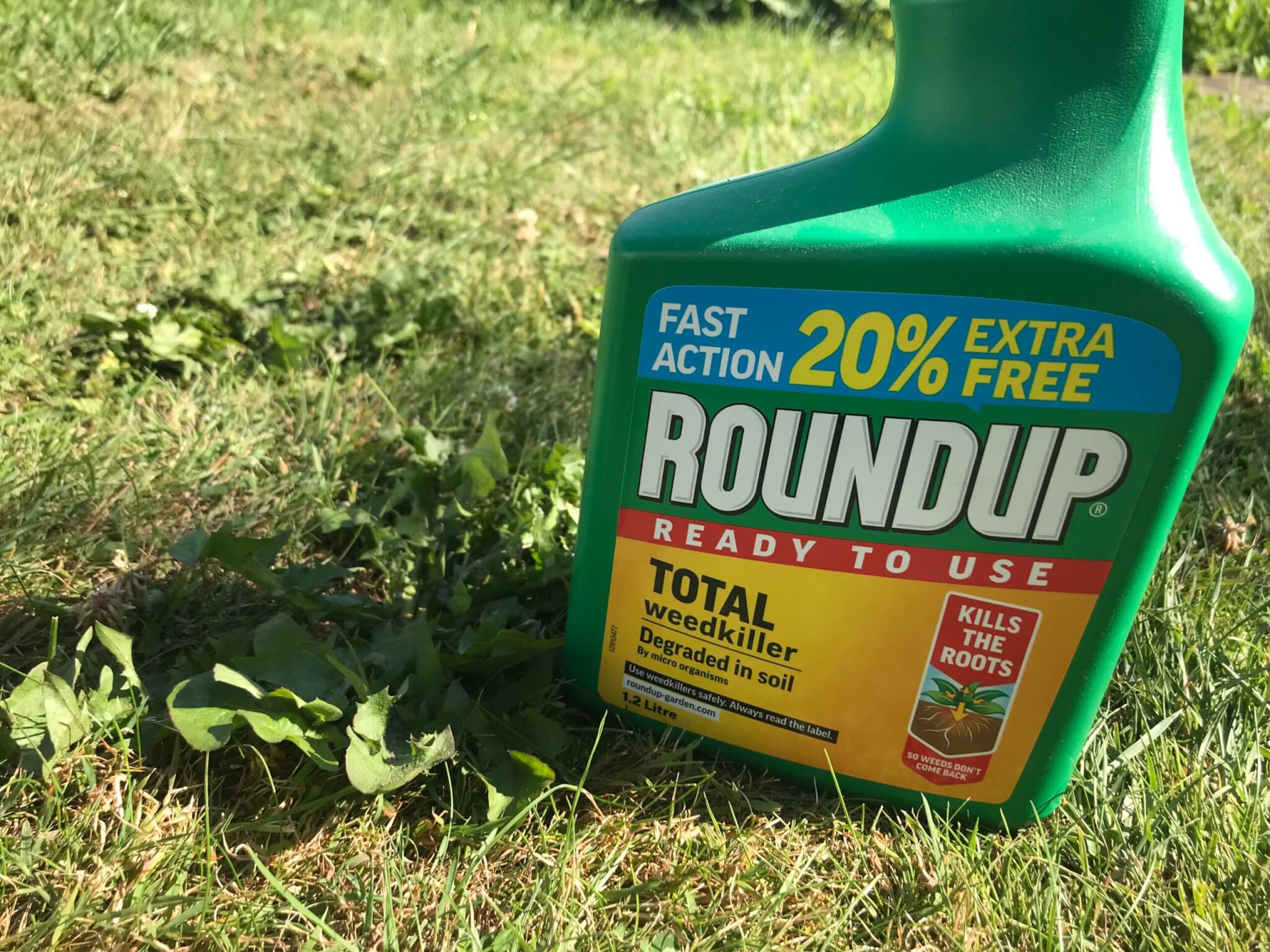

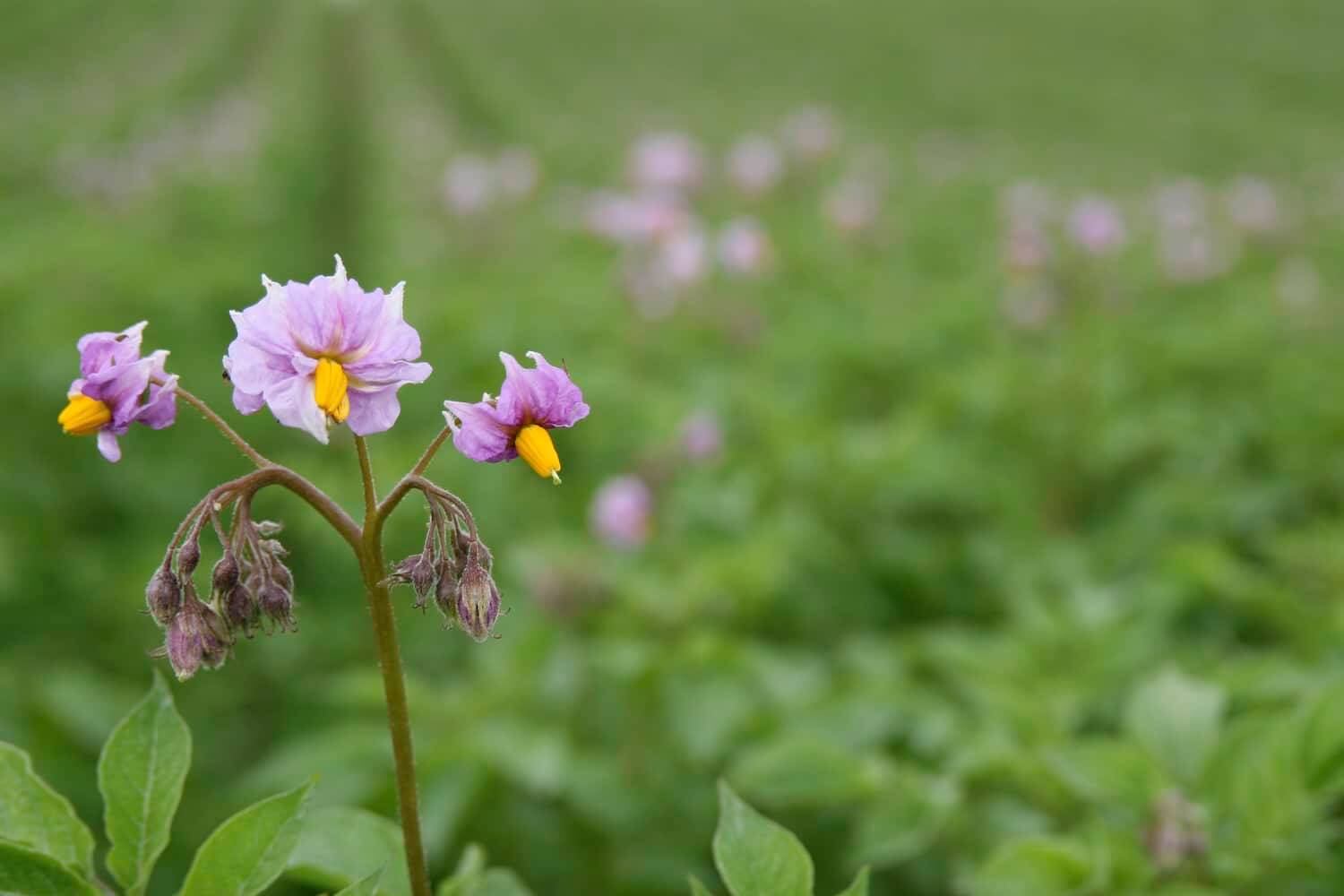




0 Comments